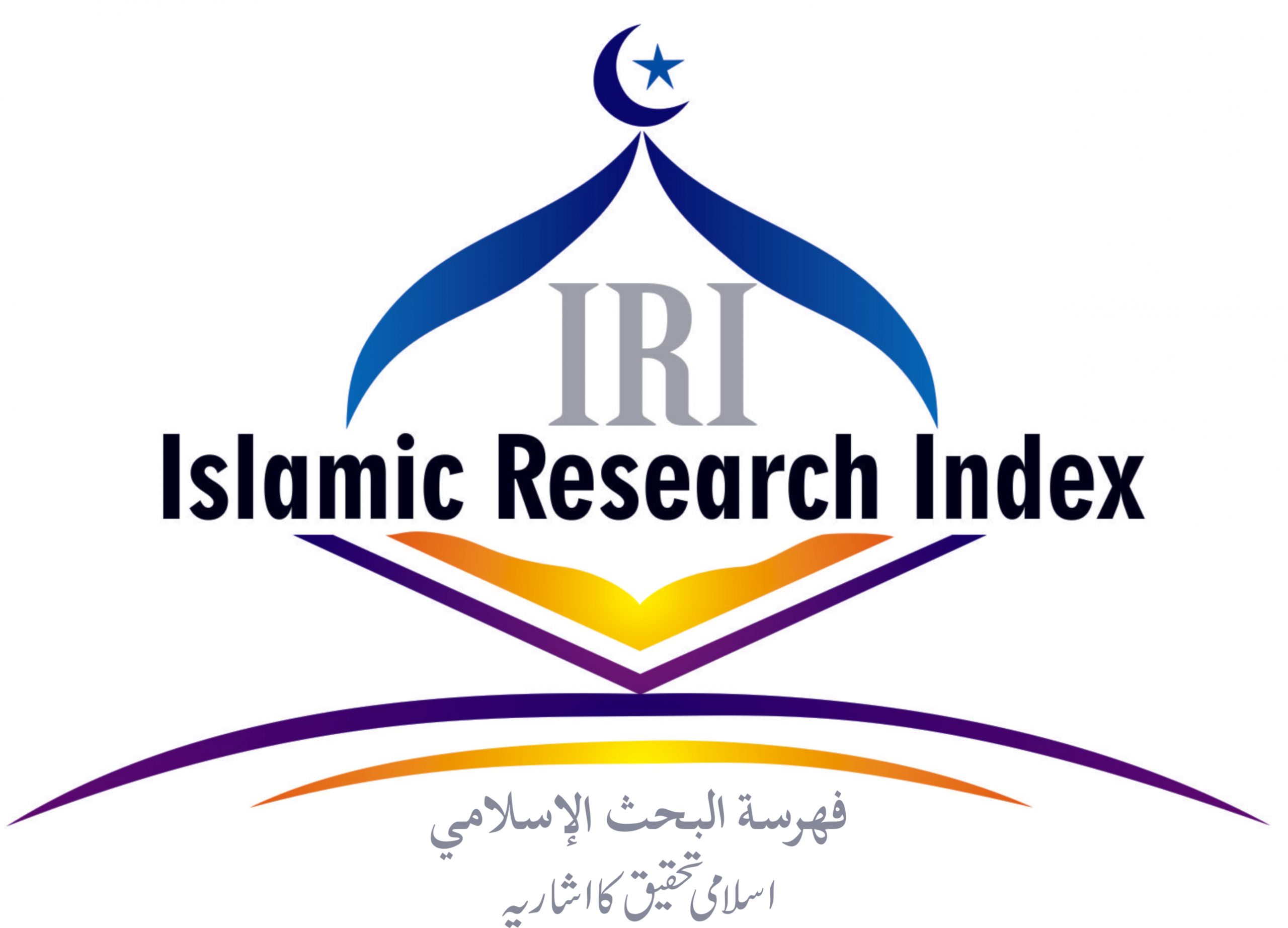تعزیروقصاص میں قرائن سے اثبات جرم کا تجزیاتی مطالعہ
Analytical Study of Proof of Crime in Ta’zīr and Qiṣāṣ
Abstract
In the realm of justice, testimony does not have to be true. Perjury often distorts the facts, making a fair verdict unattainable. For example, four men gave false testimony against a woman, accusing her of adultery, but her virginity saved her from punishment and she was found innocent. Some of the elder jurists have allowed the use of indications and signs (circumstantial evidence) to make judgments about sentences and interpretations. Imām Abu Hanīfa, a prominent scholar, states that in the case of uncertainty, retribution is made in the case of intentional harm, while compensation is given in the case of unintentional harm. However, the tort of intentional harm is not enforceable or compensatory based on oath alone. Instead, the offender is held in custody until he pleads or takes an oath of guilt or innocence. This understanding of the gesture in differentiating between intentional and unintentional actions is the basis of Imām Abu Hanifa's rulings. The Qur'ān serves as an important resource for making decisions in legal cases, aiding in the assessment and evaluation of evidence. Indicia are used within the judicial system to strengthen sources of evidence. They play an important role in evaluating the validity of the evidence through the Qur'ānic lens.



